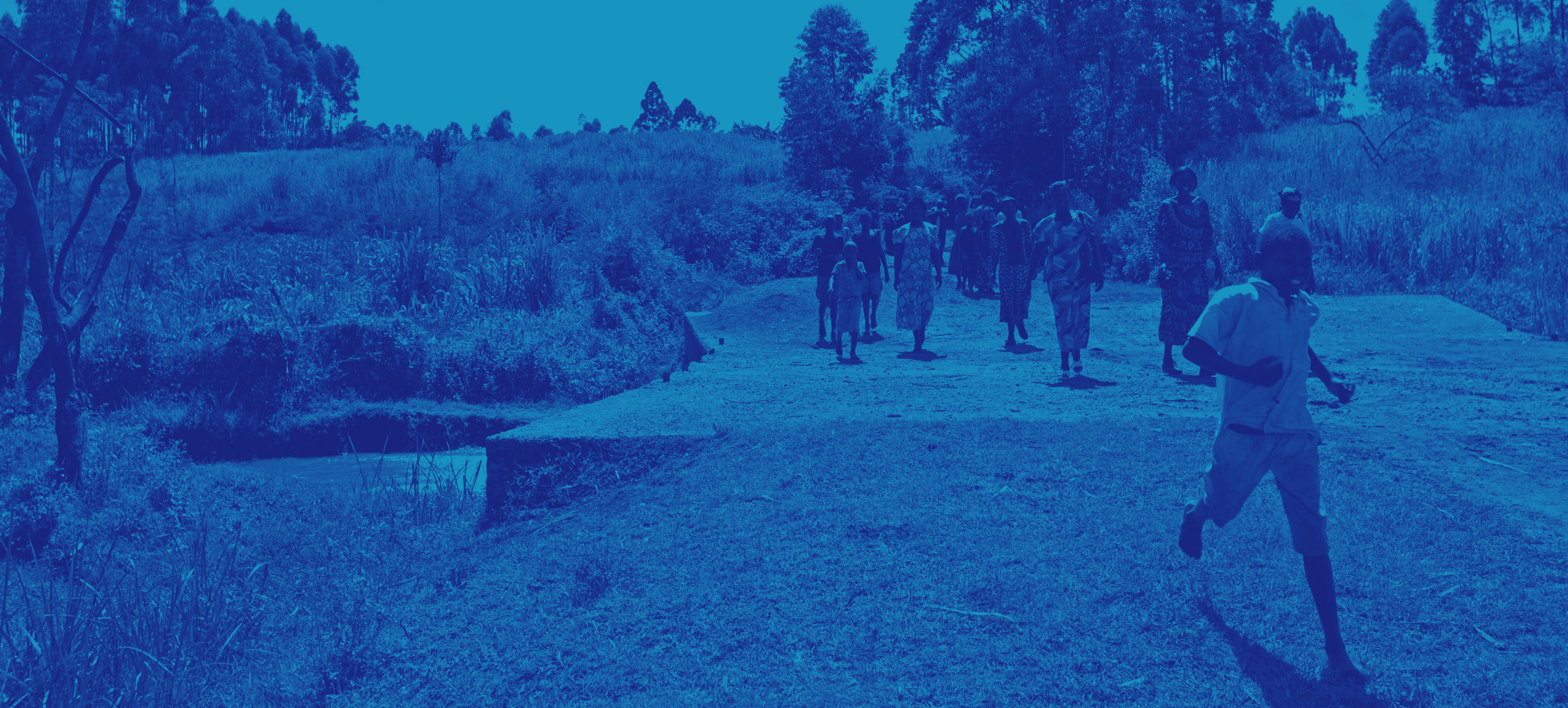-
SECTION A -
SECTION B Three foundations for rural youth development: productivity, connectivity and agency
-
SECTION C Overlapping settings at national, local and familial levels
-
SECTION D Constraints in the transition from dependence to independence
-
SECTION E Today’s unprecedented rate and nature of change
-
SECTION F Thinking differently about investing in rural youth
-
SECTION G Embedding rural youth policy and investments in broader rural development strategies

SECTION C
Overlapping settings at national, local and familial levels
The opportunities for youth in a given place are framed by overlapping typologies at national, local and familial levels within the context of rural transformation.
At the national level, the extent to which a country’s economy has achieved
FIGURE C
Structural and rural transformation processes at the national level set the basic parameters for rural youth opportunities
Notes: APR: Asia and the Pacific; LAC: Latin America and the Caribbean; NEN: Near East, North Africa and Europe; SSA: sub-Saharan Africa. Countries are classified as having attained a relatively high degree of rural transformation if their value added per worker exceeds the sample median (US$1,592) and as having attained a relatively high degree of structural transformation if the share of non-agricultural value added exceeds the sample mean (80%). The sample consists of 85 low- and middle-income countries as defined by the World Bank (2018).
Source: Authors.
Most highly transformed countries, on average, have a larger share of non-farm income, higher farm sector productivity and higher average incomes. They also have a lower proportion of youth (and rural youth) and stronger institutions to invest in them.
The least transformed countries, on the other hand, have much lower average incomes (one tenth of average incomes in most transformed ones) and higher poverty rates. Combined with a high proportion of youth and rural youth in the population, as well as weak investment capacities, they have quite different challenges in investing in their rural youth.
At the local level, several factors determine the potential of a particular rural area. First is an area’s commercial potential. This is defined by access to markets for agricultural products, inputs, including labour and finance, as well as information. Second is the agro-ecological potential. This is defined by availability of natural resources. Together, these shape the rural opportunity space and what is possible for rural youth – within the framework of their national setting.
FIGURE D
The commercialization potential and agricultural potential of a particular rural area condition the opportunities that the national setting provides for rural youth
Source: Authors.
FIGURE E
Two out of three rural youth in developing countries live in rural opportunity spaces with high agricultural potential
Note: The dataset covers 85 low- and middle-income countries (based on World Bank definitions of these categories and data for 2018).
Source: Authors’ calculations based on spatially disaggregated population data from the WorldPop project and data from the EVI of the Moderate Resolution Imaging Spectroradiometer (MODIS) of the National Aeronautics and Space Administration (NASA).
FIGURE F
The least transformed countries have the largest share of their rural youth population in areas with high agricultural potential. The most transformed countries face the biggest challenge in terms of youth in isolated, low‑potential areas
Notes: The dataset covers 85 low- and middle-income countries (based on the World Bank definitions of these categories and data for 2018). The sample includes only non-urban areas (rural, semi-rural and peri-urban areas).
Source: Authors’ calculations based on WorldPop, EVI and World Development Indicators data.
FIGURE G
Household transformation categories
Source: Authors.
Twenty-five per cent of all rural youth in developing countries (190 million)) live in areas with the highest commercial and agro-ecological potential. Only four per cent live in spaces that are severely challenged in both dimensions. Investments in rural youth should take account of these differences to ensure that rural transformation is inclusive of youth, and meets their needs.
The nature of their families has a big influence on the ability of youth to grasp opportunities generated by their national and local settings. Most youth in developing countries live as dependents in large families. Youth in farming-oriented households devote most of their time to their family farm and farm-wage work. Youth in households less oriented towards farming are more likely to find work off farm.
FIGURE H
Households engage with the economy based on the opportunities that their rural opportunity space offers
Notes: The percentages of households within each category of the rural opportunity space add up to 100.
Source: Prevalence numbers are based on Living Standards Measurement Study data. The rural opportunity space is based on WorldPop population data and the EVI of the MODIS of the NASA.
In general, youth engage much less in any kind of enterprise work. As agrifood sector grows with rural transformation process, youth-centred investments in this sector are vital to create employment for them.
FIGURE I
What rural youth do depends, but only in part, on what the other members of their households do
Notes: Non-farming households include landless households that rely on farm wage work (less than 1 per cent of the total) and fully transformed households that also do not have own-farm income and mostly work for wages off the farm (in and out of the agrifood system – 40 per cent of the total).
Source: Authors’ calculations using data on 128,227 individuals representing around 134 million rural youth in 12 countries in Asia and the Pacific, Latin America and the Caribbean, and sub‑Saharan Africa.
